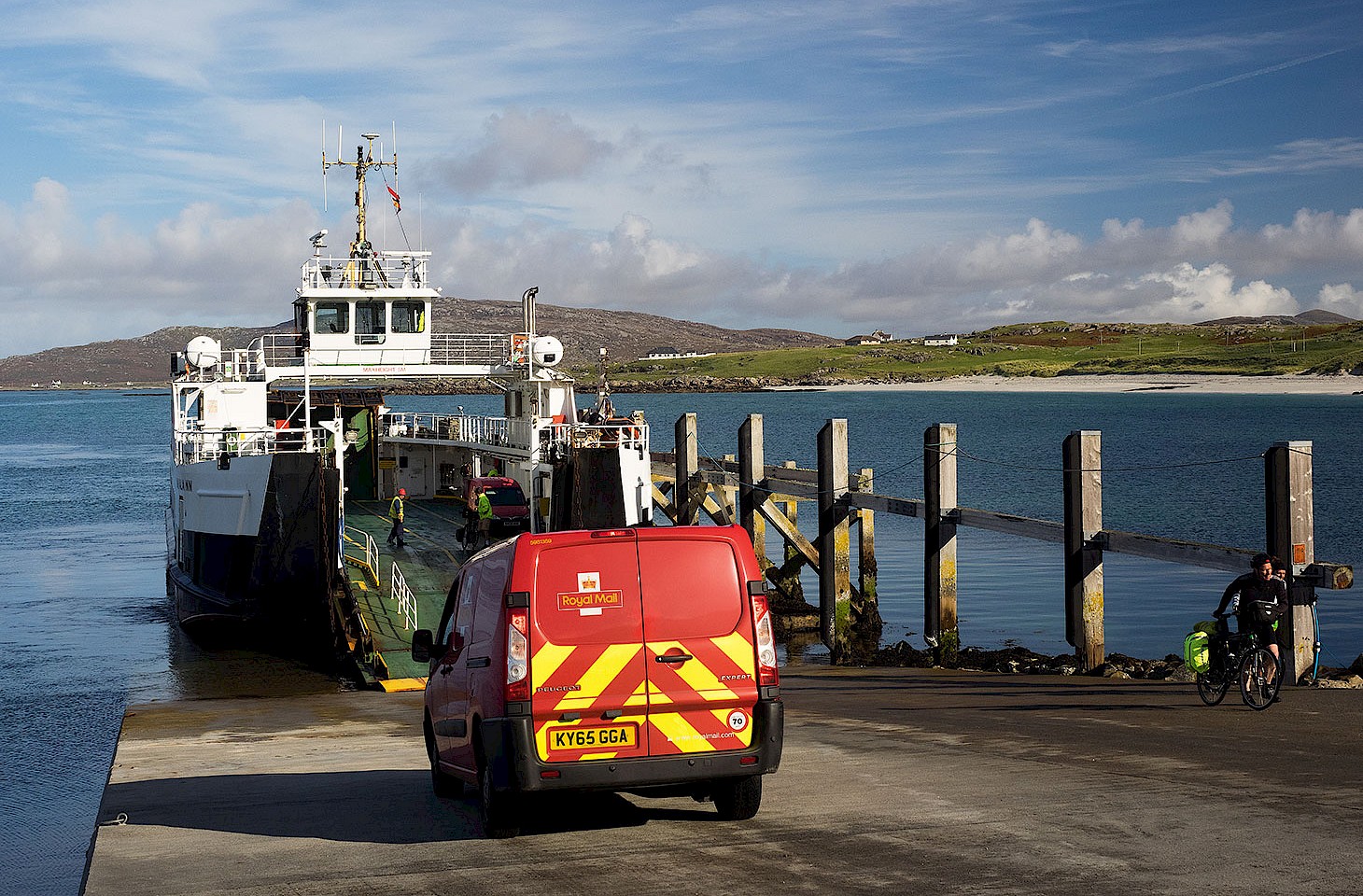Five years ago Europe’s newspapers were suddenly full of stories about a remote desert island in the Atlantic. You may recall this extraordinary tale which hinged on an inebriated Irishman on board a charter flight bound for Tenerife. The man was by all accounts so unpleasant that the pilot resolved to make an unscheduled stop and leave the wayward passenger stranded. The news stories that ensued emphasised the overbearing isolation of the place. “A real castaway island,” reported one Spanish newspaper, which went on to describe how the man was left standing alone on an island airstrip off the coast of Africa as the plane took off again.
British newspapers, always prone to hyperbole, had a field day with a clutch of stories speculating how the errant traveller might fare on a volcanic desert isle. Survival experts were invited onto breakfast television programmes and earnestly quizzed on the ethics of leaving a man with only his hangover and a few desert palms for company in one of the remotest spots on the planet. Aviation pundits speculated whether the hapless traveller might be entitled to claim a refund for the unused portion of his flight.



